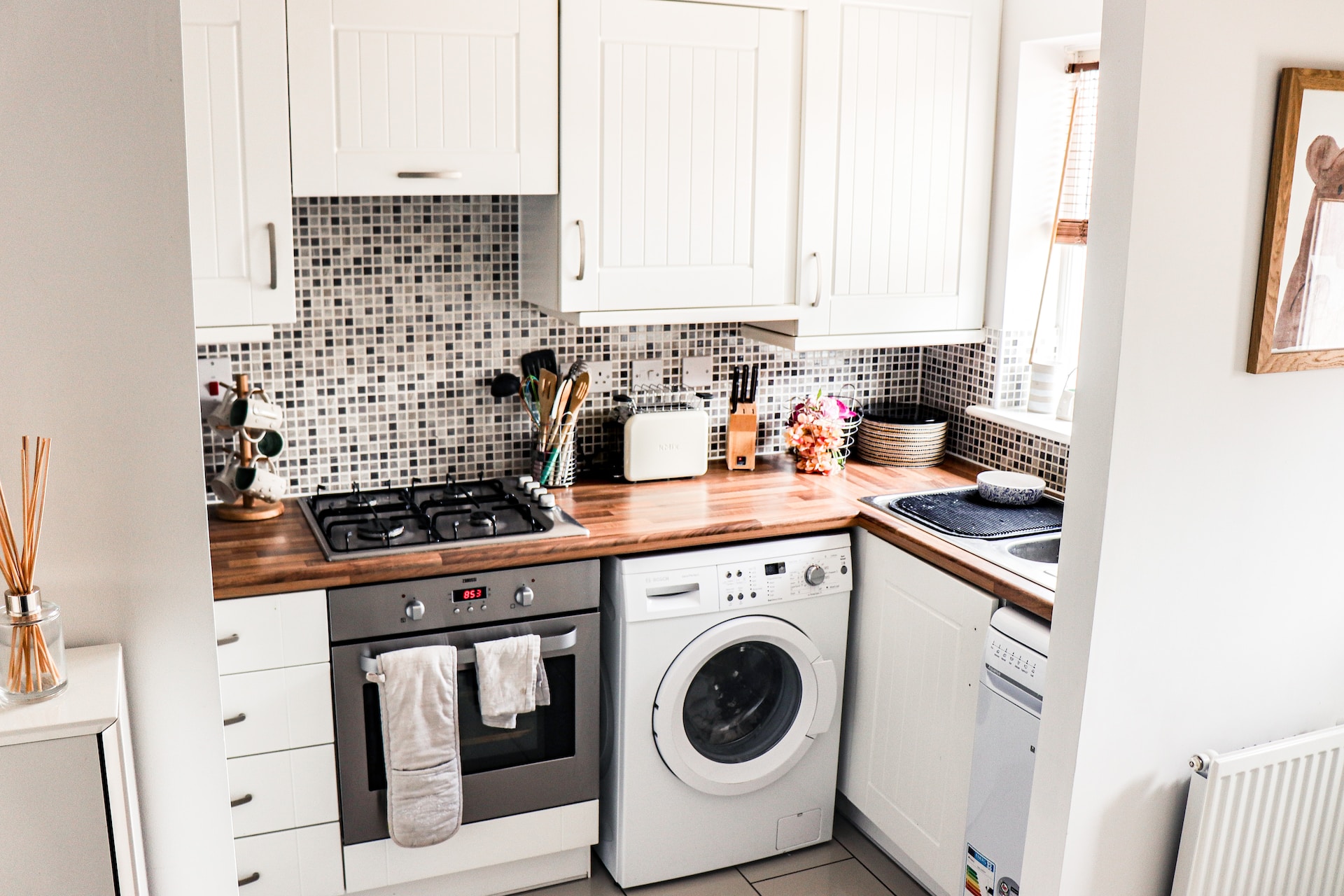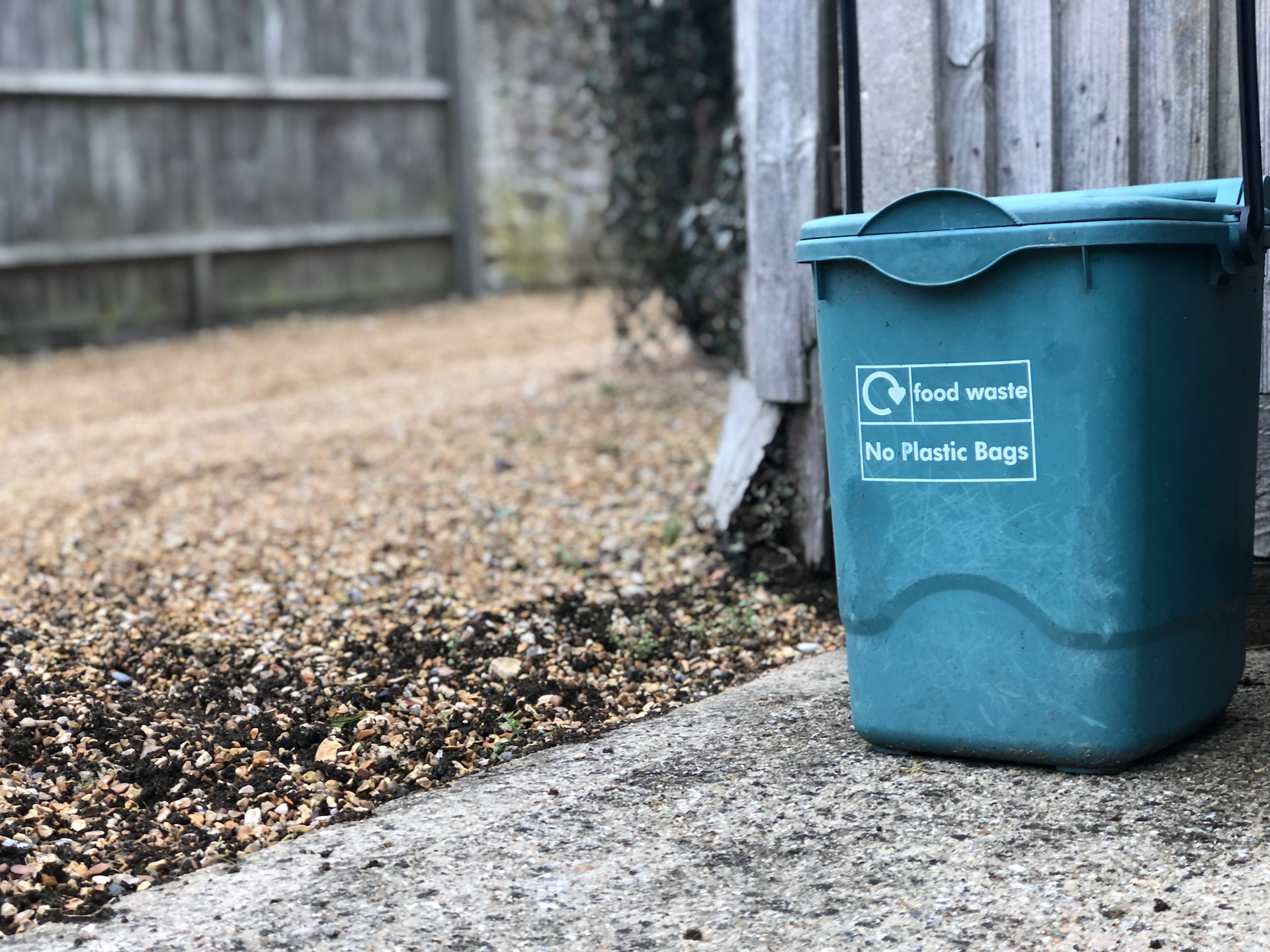With the holidays ahead, homeowners start the inevitable task of cooking and entertaining. Sometimes the meals we make overextend the usual capacity of our refrigerators, making normal storage a bit of a challenge. Even homeowners with multiple fridges tend to have moments of panic when they realize they have no room left to brine the turkey or store the deviled eggs. When it comes to our refrigerators, it’s helpful to understand the basics so that we can ensure this appliance stays clean and in good working order for many years to come. Here are the basics of refrigerator and freezer maintenance and the best ways to keep and clean this appliance.
Refrigerator and freezer basics
Your refrigerator is a very hard working machine. It helps keep your foods safe from spoilage and, aside from a power outage, is constantly “on.” Newer models are incredibly energy efficient and can perform all sorts of tricks like make ice, seltzer water or house a television. But for most homeowners, having an efficient refrigerator means low energy costs and a maximized interior space design. Always look for a model with the EnergyStar logo and read the tag regarding the approximate cost to operate the appliance. According to EnergyStar, “the most energy-efficient models are typically 16-20 cubic feet. Refrigerators over 10 years old could be costing you about $100 per year to run. If you need a second refrigerator year round, replace the old one with a new ENERGY STAR certified unit and save about $40 a year in operating costs.”
Refrigerator food storage basics
Before refrigeration, homeowners had to rely upon underground food larders or pantries, special food preservation methods (like canning or pickling), or big blocks of ice to preserve food. We’re fortunate that modern refrigerators and freezers can help extend the life of the food we purchase. Most models even have specialized internal drawers, baskets or humidity controlled areas. Here are some basic guidelines for keeping your food safe from bacterial growth, mold and rot.
Produce storage: Store produce in the humidity controlled drawers with fruits and vegetables in seperate drawers. Vegetables should go in the high humidity drawer and fruits in lower humidity drawer. To keep that straight, just remember that in the grocery store it’s the veggies that get the sprinkler mist.
Meats & seafood: Raw meats and seafood should be left in their original packages and placed on the bottom shelf. Some homeowners like to place meats on a dishwasher-safe plate to catch any drips or spills.
Condiments: Items with long shelf lives, like condiments and pickled goods, can go in the inside door shelves. Regularly wipe down containers to keep sticky messes out of the storage areas. Your condiments generally don’t last as long as you might think they should. Read this article for a good guideline on when to toss your condiments.
Leftovers: Refrigerate leftovers right away and keep them in a lidded container. Modern fridges can handle hot foods and it’s better to place leftovers in the refrigerator immediately rather than let them cool slowly on the counter. Throw out leftovers after 4 days.
Ideal temperatures: The ideal temperature of the refrigerator is 40′ and the freezer should be at an ideal temp of 0′. It’s important that you don’t overcrowd your fridge – air should circulate around your foods in order for them to remain at their ideal temp. According to FoodSafety.gov, “bacteria grow most rapidly in the range of temperatures between 40 and 140 °F, the “Danger Zone,” some doubling in number in as little as 20 minutes.” Your refrigerator’s most consistent temperature is at the top and the back, so place temperature sensitive items (like eggs) on the top shelf and milk towards the back.
For more food storage information, print out this chart from FoodSafety.gov.
Refrigerator cleaning & maintenance basics
Your refrigerator is constantly subject to sticky spills and messes, and to avoid any cross-contamination or mold growth, you’ll want to keep the inside and outside of this appliance clean. A good rule of thumb is to throw out any old or outdated foods (like leftovers) on a weekly basis (leftovers should only be refrigerated for 4 days). Use warm, soapy water to clean off shelves and drawers (strong chemical sprays can impart a bad taste to your foods) or use a vinegar-based all-purpose cleaner (download our non-toxic recipes here). Surfaces that are touched on a regular basis, like handles, should be disinfected and cleaned weekly. Open a box of baking soda and place it inside your fridge and freezer to keep odors at bay.
It’s important that this hard working appliance is in good condition and operating efficiently. You’ll want to keep the condenser coils clean by wiping off dust or using a vacuum to remove dirt or hair (especially if you have shedding pets) and you’ll want to make sure that the door gaskets (the rubber seals around the doors) create a tight seal. Here are some basic cleaning and maintenance tips for the refrigerator:
- vacuum the condenser coils
- change the water filter (every 6 months)
- clean the door gaskets
- wipe off shelves and drawers weekly
- use baking soda to absorb odors
- throw out old food every week
- disinfect handles
- have your refrigerator professionally maintained according to the manufactures recommendation (find an appliance repair person on Porch)
Top image credit:Prentiss Architects




